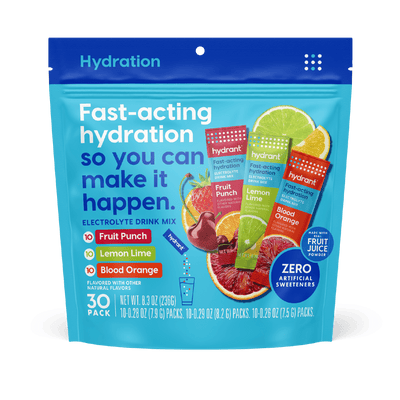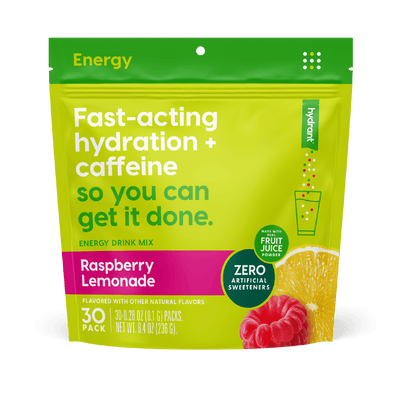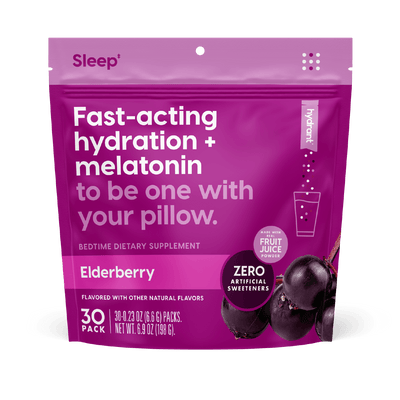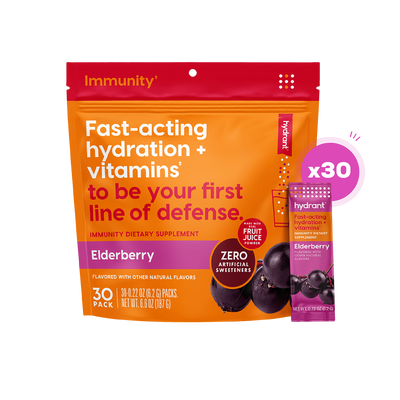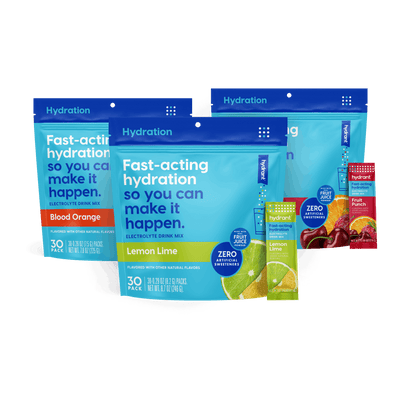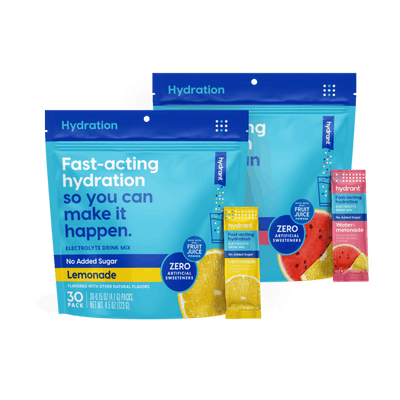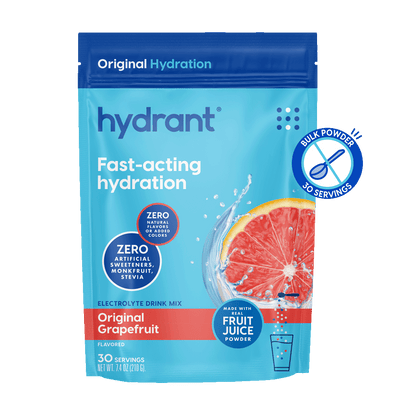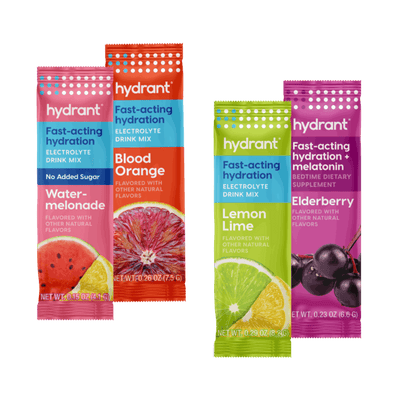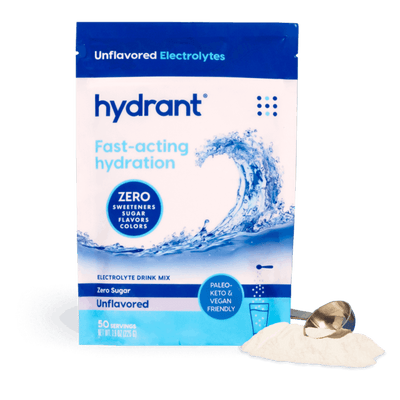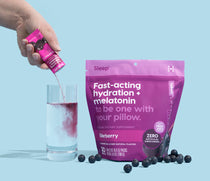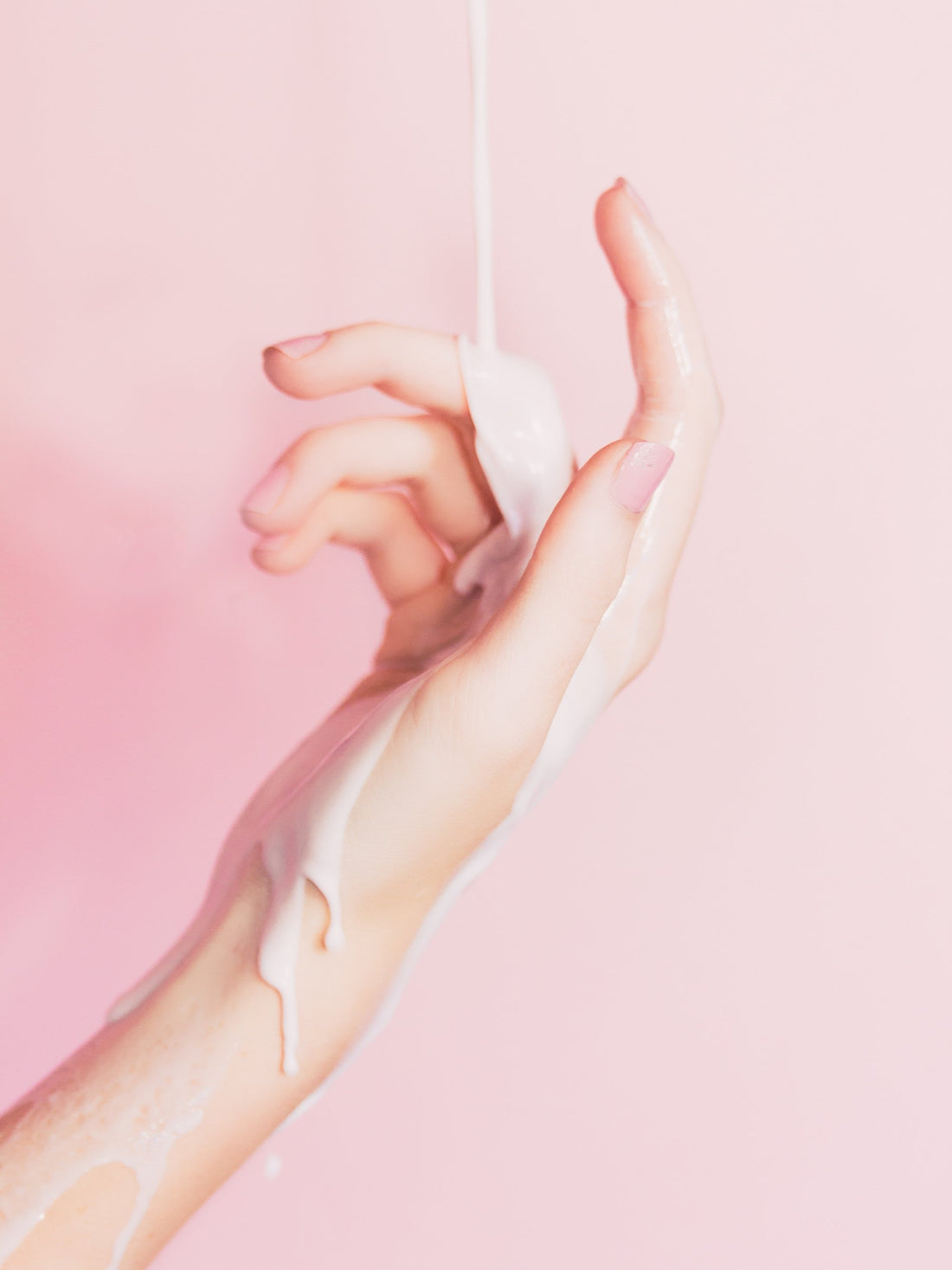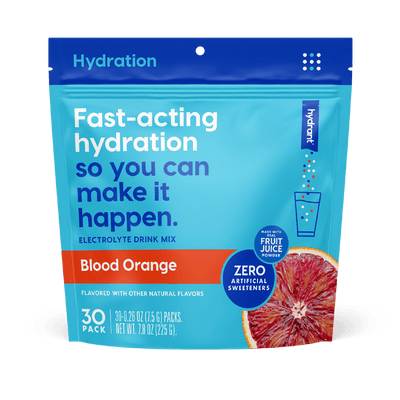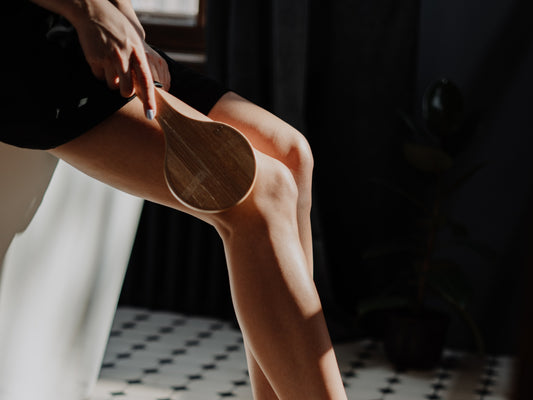Even if you’re not overly image or health conscious, keeping the skin in great condition is an ongoing priority in life. After all, its influence on your looks is huge while visible problems with the body’s largest organ are often indicative of underlying issues too. Poorly conditioned skin can be characterized by many features, but dryness and dehydration are the most common by far. How do I tell the difference between dry vs. dehydrated skin?
While the two words are often inaccurately interchanged, they are two entirely different issues that require individual attention. However, it’s impossible to successfully do this if you don’t first equip yourself with an understanding of the respective conditions. Here’s all you need to know how to tell the difference between dry vs. dehydrated skin by analyzing the symptoms, as well as how to treat them in an efficient manner.
Dry vs dehydrated skin: The difference
Many people naturally think that dry skin and dehydrated skin are caused by the same issues. While it’s certainly possible for them to be linked, they are two independent issues. In their most basic terms, they can be defined as follows:
Dry skin is caused by low production of natural oils (sebum) from the sebaceous glands [1]. This can be linked to your natural skin type, but is also caused by surroundings or daily habits.
Dehydrated skin is characterized by low levels of moisture and water within the skin [2]. This is linked to the body’s overall hydration levels, which are determined primarily by water intake.

The fact that they are two separate issues means that they are not mutually inclusive. It is possible to experience dry skin when you are suitably hydrated. Likewise, dehydrated skin can surface even if your skin is oily. Meanwhile, those that suffer from both may develop them at different times.
Even if you suffer from both issues simultaneously, it’s important to separate the two as this gives you the best shot at understanding the severity of each as well as unlocking the quickest route back to healthy skin.
Dry vs dehydrated skin: the symptoms
While the two issues do share some similarities and are both most likely to become visible on the facial skin, distinguishing dry skin from dehydrated skin is a hugely significant step en route to treating whichever problem you suffer from.
It can be difficult to know whether symptoms are linked to dry skin or dehydrated skin. The following details should provide some clarity on your situation.
Dry skin symptoms
While dry skin can be linked to your skin’s natural ability to produce sebum, there are clear symptoms that extreme dryness has taken its toll. This can affect anybody at any time, and will often be characterized by the following telltale signs:
- Skin tightness, particularly after being in water.
- Roughness in touch or appearance.
- Flaking, scaling, and peeling.
- Redness of the skin.
- Fine lines and cracking.
- Deep cracks, which may also bleed.
- Itchiness.
Most of the symptoms linked to dry skin are temporary, and can be fixed by making a conscious effort to treat the issue. However, you should seek medical support if there are large areas of affected skin or the dryness is impacting your lifestyle such as sleep patterns.
Dehydrated skin symptoms
Dehydrated skin can feel somewhat similar to dry skin, not least in terms of the itchiness. Nonetheless, there is some clear distinction in regards to the symptoms. If you experience the following conditions, dehydration is the likely cause of your problems:
- Dullness.
- Sunken eyes.
- Dark spots and shadows around the eyes.
- The appearance of wrinkles.
Dehydrated skin is one of the first symptoms of dehydration, but you may also experience other issues linked with overall dehydration. The list includes headaches, faintness, and feeling thirsty. If these are combined with the skin symptoms, dehydration is almost certain.
Testing for dehydrated skin
There is another telltale sign linked to dehydrated skin: turgor. Turgor relates to the skin’s elasticity; an ability to return itself to the natural shape and position after being moved. Turgor levels are primarily influenced by the water content, which is why they are such an accurate indicator for dehydration.
The easiest way to test the skin’s turgor levels is through a simple pinch test. This means grabbing some skin and letting go of it to note how the skin reacts.

Skin that instantly returns to its normal shape and position is healthy and suitably hydrated, but skin that takes a few seconds to do this has a lower water content than it should. This usually happens when the skin’s fluid loss levels are at 10% or higher [3] and is a clear indication of dehydration.
Dry skin vs dehydrated skin: treatment options
Both types of skin condition start as temporary issues, although they can be dragged out if left untreated. Thankfully, it is possible to see significant improvements in a matter of days. However, this is only possible when you follow a winning plan of action.
Here’s how you can treat each of the two conditions.
Dry skin
Dry skin is usually rooted by the type of skin [4] you have, which is why altering your routines for the long haul is often the best solution. This can banish your current problems and help prevent further episodes from surfacing.

There are a number of ways to help combat this issue, including:
- Switch long soaks in hot baths for 5-10 minutes in water that is just warm. It also helps to keep the bathroom door shut.
- Use gentle and unscented skincare products. Stop using those that include alcohol or other ingredients reduce oil levels [5].
- Find a lip balm, preferably one with skin healing properties, and use it on a regular basis.
- Keep your skin covered when entering harsh weather conditions including powerful sunlight and strong winds.
- Find oils and ointments to supplement the natural sebum oils that the body produces. They will work far better than traditional lotions.
Protecting the skin and boosting the natural sebum production will soon fix dry skin. In severe cases, though, medical advice may be required.
Dehydrated skin
The best way to treat dehydrated skin is to rehydrate it. While the skin is one of the first body parts to show the signs of dehydration, it’s also the last to see the benefits of good hydration. As such, it needs to be an ongoing commitment rather than an instant fix.
To do this, you need to stay ahead of the game by implementing the right strategy. Focus on the five points below, and you won’t go far wrong:
- Drink more water throughout the day, especially in the mornings to keep your hydration levels in a suitable position.
- Replace electrolytes and salts as well as the water lost through sweat. Adding Hydrant to your glass of water is the perfect way to do this.
- Create better home surroundings with a humidifier to improve the air quality while also avoiding long hot showers and other harmful habits.
- Understand and monitor your fluid intake, including alcoholic and caffeinated beverages, to pinpoint areas of improvement.
- Switch harsh facial scrubbing products for soft exfoliates and use products containing jojoba oil or other ingredients that lock moisture in.
Improved general hydration at skin level and from the inside out should bring improvements for the whole body.
The final word
Both dry skin and dehydrated skin will cause discomfort, but they needn’t cause permanent damage or pain as long as you have the right plan of action up your sleeve. Now that you know how to successfully determine which issue you are suffering from, this should be easier than ever.
References
[1] https://www.byrdie.com/dry-skin-oil-production
[2] https://medlineplus.gov/ency/article/003281.htm
[3] https://www.bioclarity.com/pages/skin-types
[4] https://www.livestrong.com/article/121910-effects-alcohol-skin
[5] Best Electrolyte Powders is a website with a just-the-facts comparison between the five big electrolyte powder brands
